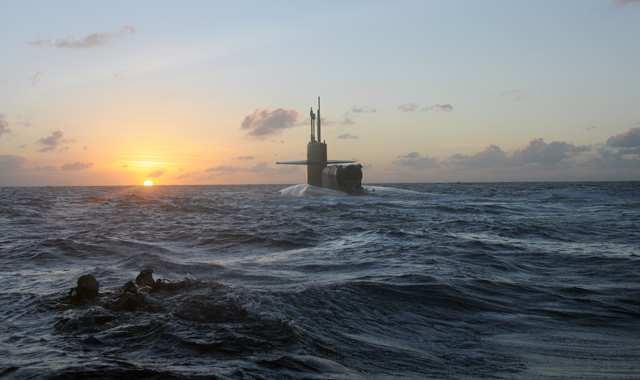Top 3 Challenges of Undersea Situational Awareness

Picture this: you’re piloting a remotely operated vehicle (ROV), watching from the ocean’s surface as your deep sea PTZ (pan, tilt, zoom) camera spans an underwater oil rig in the murky depths below. Slowly, but successfully, the camera scans the rig for damages, sending images of the environment to you and your crew for analysis.
All of a sudden, the ROV refuses to move forward. You direct it onward but it appears to be stuck – its umbilical tether is wrapped around an unknown object outside the camera’s field of view. You now must try to untangle the tether without knowing exactly where it is caught, wasting time, resources and potentially the entire mission on an object you wish you could have seen.
The ocean is a beautiful and mysterious place, but for Work Class ROV operators, it can be fraught with challenges.
Challenge 1: Risk of failure
When operators must rely on multiple cameras to then “stitch together” a panoramic view of the underwater environment, portions of the workspace can go completely unseen. The high risk of collision in these complex environments can result in expensive damage to equipment that is not easily replaced. Additionally, subsea imaging from these robots currently requires multiple cameras on pan and tilt camera mounts that are continuously moving to capture objects of interest. The pan and tilts can have mechanical failures, and also cause cable stresses that lead to failures from repetitive motion.
Challenge 2: Inefficiency
It takes time to keep track of multiple assets, especially when all of those assets are in a dark, murky environment. Too often, operators are moving the ROV pan and tilt cameras from their work to an object they’re trying to avoid, which is inefficient and increases the risk of losing track of the objects around them – reducing overall situational awareness. Stitching together images from multiple cameras also takes time, as pilots must wait to receive each picture to see the entire environment rather than having a 360-degree view.
Challenge 3: Unpredictability
While executing underwater imaging, ROV pilots frequently don’t know what they are looking for until they see it. Without 360 video, operators cannot capture everything that happens in the surrounding work area. It’s not uncommon that ocean footage is reviewed only to realize the pan and tilt camera was positioned just outside of what needed to be captured. And in an event when the ROV gets caught or damaged, exactly what happened can be unclear because the pilots can’t see the entirety of the ROV’s surroundings.
BATTELLE UPDATES
Receive updates from Battelle for an all-access pass to the incredible work of Battelle researchers.